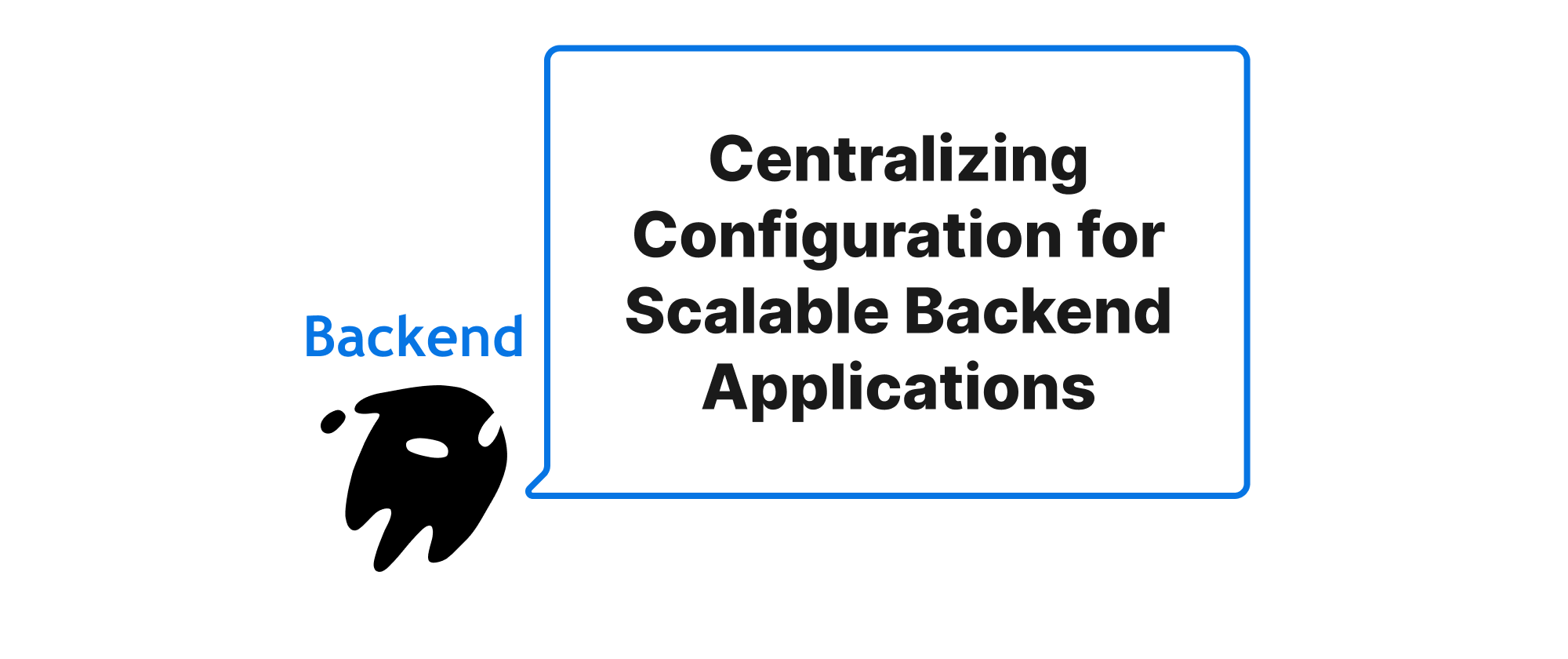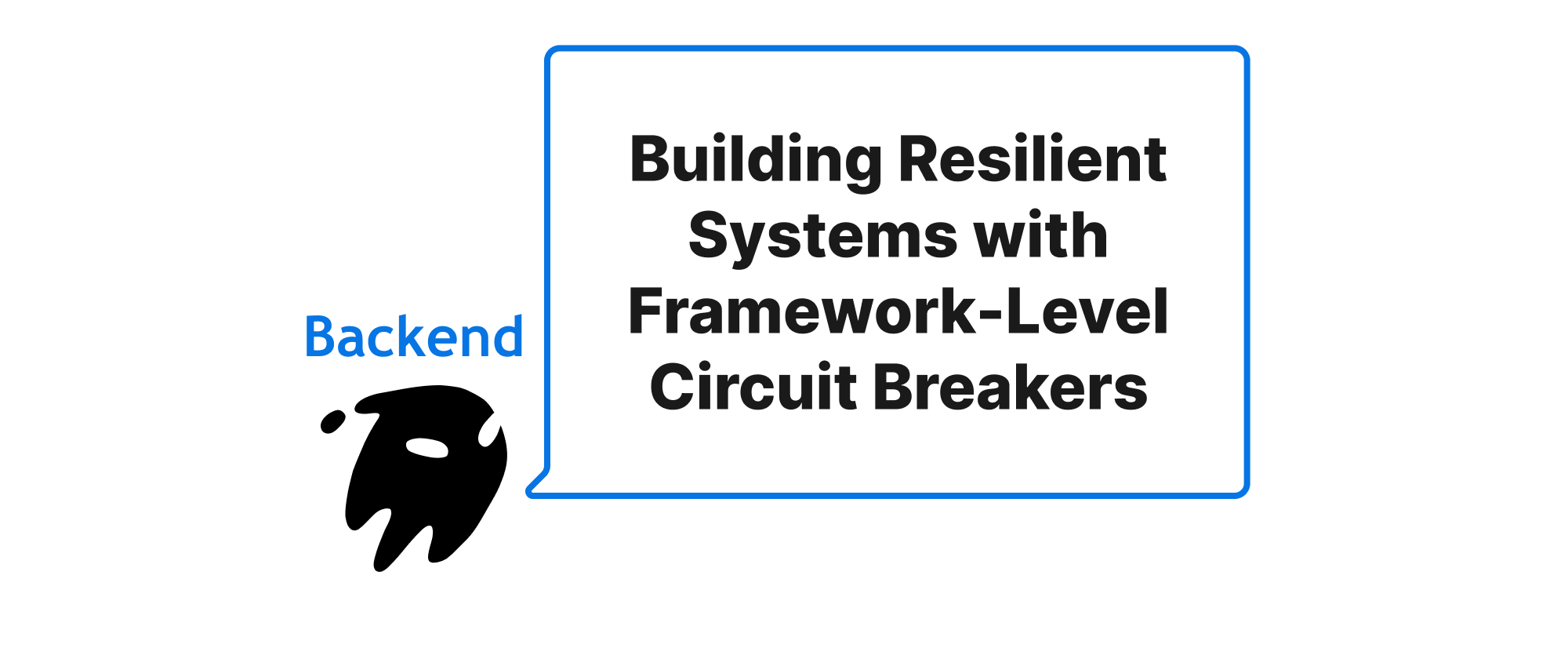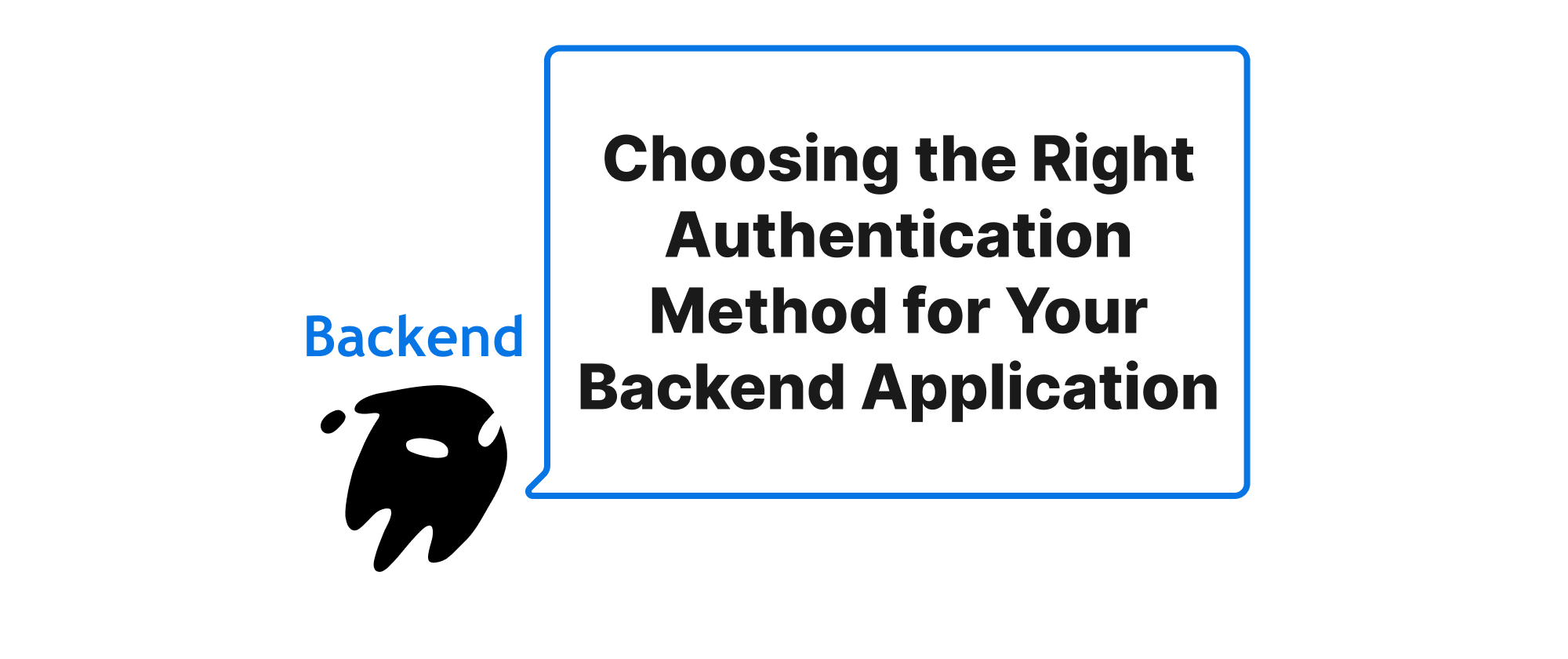Centralizing Configuration for Scalable Backend Applications
James Reed
Infrastructure Engineer · Leapcell

Introduction
In the rapidly evolving landscape of modern backend development, applications are rarely static. They connect to various databases, rely on external APIs, and often exhibit different behaviors across development, staging, and production environments. Traditionally, settings like database connection strings, API keys, and feature flags were often hardcoded directly into the application or managed through environment variables. While seemingly straightforward for small projects, this approach quickly introduces significant headaches as applications grow in complexity and scale. Modifying a single configuration parameter might necessitate a code redeployment, leading to downtime and increased operational overhead. Furthermore, ensuring consistency across multiple application instances and environments becomes a daunting task. This article delves into a more robust and flexible solution: separating application configurations from code and environment variables, and dynamically managing them through a centralized configuration center. This paradigm shift not only simplifies deployments and reduces errors but also unlocks new levels of agility and scalability, paving the way for truly resilient and adaptable backend systems.
The Core Concepts of Dynamic Configuration Management
Before diving into the mechanics, let's establish a common understanding of the key terminologies relevant to this discussion.
Key Terminology
- Configuration: These are the changeable parameters and settings that influence an application's behavior. Examples include database URLs, port numbers, API timeouts, logging levels, feature flags, and retry policies.
- Hardcoding: Embedding configuration values directly into the application's source code. This is generally considered an anti-pattern for anything beyond truly static, immutable values.
- Environment Variables: System-level variables that provide configuration to an application based on its execution environment (e.g.,
DATABASE_URL,PORT). While better than hardcoding, they still require restarts for changes and can be cumbersome to manage across many services. - Configuration Center (or Config Server): A dedicated service or platform designed to store, manage, and distribute application configurations. It acts as a single source of truth for all configuration data.
- Dynamic Configuration: The ability of an application to receive and apply configuration changes at runtime without requiring a restart or redeployment.
Principles and Implementation
The core principle behind dynamic configuration management is decoupling an application's operational parameters from its executable code. Instead of baking configurations into the deployment artifact, the application fetches them from an external, centralized source.
How it Works
- Centralized Storage: A configuration center stores all application configurations in a structured format (e.g., YAML, JSON, properties files, or a custom schema). It can manage configurations for multiple services, environments (development, staging, production), and versions.
- Application Bootstrapping: When an application starts, it typically connects to the configuration center to fetch its initial set of configurations. This initial fetch ensures the application has the necessary parameters to operate.
- Dynamic Updates: The configuration center provides mechanisms for administrators to modify configurations. Crucially, it also offers a way for applications to be notified of these changes. This can be achieved through:
- Polling: Applications periodically query the configuration center for updates. This is simpler to implement but can introduce latency in configuration propagation.
- Push Notifications (Webhooks/Long Polling): The configuration center actively pushes notifications to subscribing applications when configurations change. This offers near real-time updates but requires more sophisticated server-side implementation and client-side listener mechanisms.
- Event-Driven Mechanisms: Using message queues (e.g., Kafka, RabbitMQ) where the configuration center publishes configuration change events, and applications consume these events.
Example Code Illustration
Let's imagine a simple Spring Boot application that needs to configure a database connection and a feature flag.
Without a Configuration Center (Traditional Approach):
// application.properties or application.yml spring.datasource.url=jdbc:mysql://localhost:3306/mydb spring.datasource.username=user spring.datasource.password=password feature.new-ui.enabled=true
To change the database URL or the feature flag, you'd modify this file and redeploy the application.
With a Configuration Center (e.g., Spring Cloud Config Server):
First, you'd set up a Spring Cloud Config Server (a separate service) that would pull configurations from a Git repository.
application.yml for Config Server:
server: port: 8888 spring: cloud: config: server: git: uri: https://github.com/your-org/config-repo.git # Your Git repo for configs search-paths: config-data
config-repo/config-data/my-service-dev.yml (in your Git repo):
spring: datasource: url: jdbc:mysql://dev-db:3306/mydevdb username: dev_user password: dev_password feature: new-ui: enabled: false
config-repo/config-data/my-service-prod.yml (in your Git repo):
spring: datasource: url: jdbc:mysql://prod-db:3306/myproddb username: prod_user password: prod_password feature: new-ui: enabled: true
Now, your my-service application configures itself to fetch from the Config Server:
bootstrap.yml for my-service application:
spring: application: name: my-service cloud: config: uri: http://localhost:8888 # Address of your Config Server fail-fast: true
And in your my-service application, you can use @Value or Environment to access properties:
import org.springframework.beans.factory.annotation.Value; import org.springframework.cloud.context.config.annotation.RefreshScope; import org.springframework.web.bind.annotation.GetMapping; import org.springframework.web.bind.annotation.RestController; @RestController @RefreshScope // This annotation enables dynamic property refreshing public class MyController { @Value("${feature.new-ui.enabled}") private boolean newUiEnabled; @Value("${spring.datasource.url}") private String databaseUrl; @GetMapping("/features") public String getFeatures() { return "New UI Enabled: " + newUiEnabled + ", Database URL: " + databaseUrl; } }
To update configurations in production, you simply commit changes to my-service-prod.yml in your Git repo, then trigger a refresh on the my-service instances (e.g., by calling their /actuator/refresh endpoint if using Spring Boot Actuator). The applications will fetch the new values without restarting.
Application Scenarios
The benefits of dynamic configuration management are evident in several key scenarios:
- Microservices Architecture: With dozens or hundreds of services, managing individual configuration files or environment variables becomes impractical. A config center provides a unified endpoint for all services to retrieve their specific configurations.
- A/B Testing and Feature Toggles: Dynamically enable or disable features for specific user segments or rollout new functionalities incrementally without redeploying code. This is crucial for controlled releases and experimentation.
- Runtime Parameter Tuning: Adjust logging levels, cache durations, thread pool sizes, or circuit breaker thresholds on the fly to respond to changing load or operational issues without service interruption.
- Multi-Environment Deployment: Maintain distinct configurations for development, staging, and production environments, ensuring that applications operate correctly in each context.
- Emergency Hotfixes: Quickly change a critical parameter (e.g., turning off a problematic integration) without a full redeployment, reducing incident response time.
Conclusion
Decoupling application configurations from code and environment variables and managing them dynamically through a centralized configuration center is a fundamental practice for building modern, scalable, and resilient backend systems. It transforms configuration into a first-class citizen, enabling seamless updates, reducing errors, and significantly enhancing operational agility. By adopting this approach, developers and operators can simplify deployments, accelerate feature delivery, and ensure applications remain responsive to ever-changing demands without compromising stability. This paradigm establishes a singular source of truth for all operational parameters, fostering greater consistency and control across diverse application landscapes.


